Dancing Mindfulness is a practice over which I never felt comfortable claiming ownership. Dance and mindfulness are two of the oldest healing practices that are inherent to the first peoples of our planet and to cultures on every continent. In this letter I will highlight some history of the Dancing Mindfulness movement that is attributed to me and my work, explain some of my struggles with figuring out how to navigate interest in it while my interest in training it formally has waned, and lay out a plan for–in the years following our 10th anniversary year starting in 2022–releasing it from my control and returning it to the people where it needs to exist.
As I share in the 2015 book Dancing Mindfulness: A Creative Path to Healing and Transformation, I am literally alive because of the folk dancing traditions of my Croatian ancestors. My parents were both folk dancers and musicians practicing in their respective cities and they met one year at a national festival. I was fortunate to be schooled in the same traditions as a young child, and to organically stumble upon free-form organic styles of movement in my basement as a young child learning to cope with emotions. As I engaged in formal addiction and trauma recovery in my adult years, gifted teachers and therapists introduced several approaches of meditation to me, including contemplative Christian styles, and later secular mindfulness techniques originating in Buddhism and the rich depth of yoga-based meditation.
In 2012, I formally created a class that I called “Dancing Mindfulness” to take to conferences in the field of psychotherapy. Having reconnected with dance as a healing practice in the years prior, primarily through the “conscious dance” movement that is often taught at retreat centers and in wellness circles, I was left dissatisfied by the lack of attention that many of these teachers paid to trauma-informed dynamics in instruction. As I explored training in some of these methodologies I was turned off by the desire of founders to overly promote them as branded, copyrighted approaches; particularly when we as modern teachers (many of us white women) may just be repurposing ancient, sacred practices as our own “intellectual property.” When I explored the field of dance/movement therapy, my gut level read is that the community was more exclusive than inclusive, and I wanted no part of that either. I wanted Dancing Mindfulness to be something different. My original desire was never to offer training in what I put together as Dancing Mindfulness from the fusion of my lived experiences–I really just wanted to get professionals up off of their butts at conferences! We were talking so much about trauma and the body, yet still sitting down and watching slide after slide. I believed, and still do, that engaging in embodied practices directly at conferences and letting ourselves have experiences is how we truly learn about embodiment and mindful awareness.
In February 2013 I launched the first Dancing Mindfulness training program that I put together because a group of clinicians asked me to. My intention at the time was to give folks some basic trauma-informed training on how to share a movement practice with a group, either in clinical settings or in one’s larger community. And I fought hard to craft this training in a way that made it eligible for CE approval, even having to battle the licensing board in my own state to accept it. Since 2013 we’ve trained close to a thousand facilitators, most of them are clinicians, yet we’ve also found some interest with dance educators, yoga teachers, and various other types of professionals. My connection to this program I called Dancing Mindfulness has changed and evolved over the years. When I wrote the book in 2015, graciously picked up by a spiritual publisher called SkyLight Paths Publishing, I started to notice that for many who came forward to be trained, Dancing Mindfulness was becoming a personal practice in their lives and I wanted people to read about ideas for how they can work strategies from the practice into their daily lives even if they could never get to a class. And I never wanted Dancing Mindfulness to be the next Zumba, a licensed modality that people could find anywhere, and I didn’t have the emotional bandwidth or time to more fully develop it as a clinical modality that could be researched with the fervor of my other love, EMDR Therapy. Yet it was very clear that how Dancing Mindfulness evolved met the parameters of Expressive Arts Therapy, and in recent years I’ve been happy to refer to Dancing Mindfulness as an approach to expressive arts therapy.
While I’ve been delighted that people have sought me and later my colleagues for Dancing Mindfulness training, I have felt myself floundering over what to do with the training program. I know that many people have received personal benefit and transformation from their Dancing Mindfulness training experience, including two of the members of my company’s home office staff (Beck Bright-Samarzia and Alicia Hann). Yet I have found it difficult to navigate growing Dancing Mindfulness training programs within the larger growth of my company, the Institute for Creative Mindfulness, which is now mostly known as an EMDR Therapy training company. There are early participants in the Dancing Mindfulness work and trainings who do not feel as connected to the practice anymore because the business practices of the Institute for Creative Mindfulness, which is fundamentally a continuing education company trying to stay afloat in the modern landscape and keep several people employed, feels separated from the original values of Dancing Mindfulness. Especially when Dancing Mindfulness feels like something more sacred and organic to them. While I’ve tried to run events that may keep people who take trainings in Dancing Mindfulness connected to the larger community, like the annual Facilitators and Friends Retreat, I know that some people lose their connection to Dancing Mindfulness because, with the exception of a few Facebook groups, I haven’t taken the steps to create a more deliberate, cohesive community and have instead focused on building my business. Part of this failure is my not really knowing what Dancing Mindfulness is and how to grow it–is it a clinical intervention? Is it a CE training program? Is it a spiritual/lifestyle practice? From my own past experiences I never wanted Dancing Mindfulness to turn into a big business like the licensed dance forms, nor have I wanted it to become a spiritual practice cult. And I don’t want people to feel that they have to get caught up in endless cycles of training and certification (e.g., like EMDR Therapy requires) to stay relevant and connected to the practice and what it means to share it.
Dancing Mindfulness has always existed in my mind as something simpler than all of this. It’s an organic practice that I like to share with others. You never have to come to a class to experience Dancing Mindfulness, which is why I’ve attempted to make video content available for free on YouTube, written Dancing Mindfulness and expressive arts blogs with practice suggestions, and continue to make the original Dancing Mindfulness book and the later book Process Not Perfection: Expressive Arts Solutions for Trauma Recovery (2019) at a relatively low cost. And as I established in the original 2015 book, you do not have to be a trained facilitator to share simple Dancing Mindfulness practices that feel organic to you. The reason I’ve leaned into the word facilitator instead of teacher, is that you are simply sharing your practices with others in whatever settings are genuine to you. We aren’t really teaching people anything that isn’t already inside of them. We may just be giving them some knowledge on how to do it in as safe a manner as possible.
And in the coming years that’s what I want to fully empower people with their own Dancing Mindfulness practices to do as I step away from having formal involvement as this practice’s “leader” or “founder,” two terms which still make me wince. In the 10th anniversary training year of 2023, which is also the 10th anniversary of our retreat, my company the Institute for Creative Mindfulness will be hosting several special events to celebrate the anniversary of the formal Dancing Mindfulness movement and still respond to our customers’/community’s expressed desires for specific training and retreat work. I am planning to run a 10th Anniversary Special Edition Training February 3-5, 2023 (ten years from the weekend of our first training) that I will primarily facilitate, and we will be offering a significant discount for past trainees to retake the training as a review. The annual facilitators and friends retreat will still take place in-person from April 28-30, 2023 at the Villa Maria Education and Spirituality Center (VMESC), and Irene Rodriguez–who is the Institute for Creative Mindfulness’ primary Dancing Mindfulness facilitator trainer (as the director of our Certificate of Expressive Arts Therapy)–is planning to offer a special BIPOC training cycle, in addition to her regular schedule of trainings. We already set a plan in place last year to have non-clinical mental health professionals offer training without CE credit hours as Dancing Mindfulness Partners, which Joanna Cashman is actively doing in Oregon and several other professionals who experienced some advanced training with us are planning to do with our blessing.
However, by the 15th anniversary of Dancing Mindfulness in 2028, I want my involvement and the involvement of my company, the Institute for Creative Mindfulness, to be removed from this practice we call Dancing Mindfulness. I want to formally turn it over to someone to potentially transform the practice and its trainings/retreats into more of a non-profit structure with the understanding that Dancing Mindfulness practice itself must never be copyrighted or trademarked for it belongs to all of us. Or perhaps several of you with non-profits or other public benefit companies will find a way to offer training and show others how to share Dancing Mindfulness practice in a way that feels more organic. I am open to any ideas or conversations that any of you may have about being the person or people to engage in this work. There are many steps that will need to happen for this process to go well instead of me just walking away and saying, “We’re not going to do Dancing Mindfulness anymore.” But like with a lot of approaches to therapy or great movements, I believe there is real growth when the “founder” releases control of it. And that means letting you, those who love Dancing Mindfulness, decide what needs to happen with it as a practice. That may mean, if I hear the feedback, that we don’t do trainings in it at all… that it exists just as a community organization that spreads the love of dance throughout the world.
Excited to hear about the possibilities that could be coming up for you as you read this letter.
Peace,
Jamie

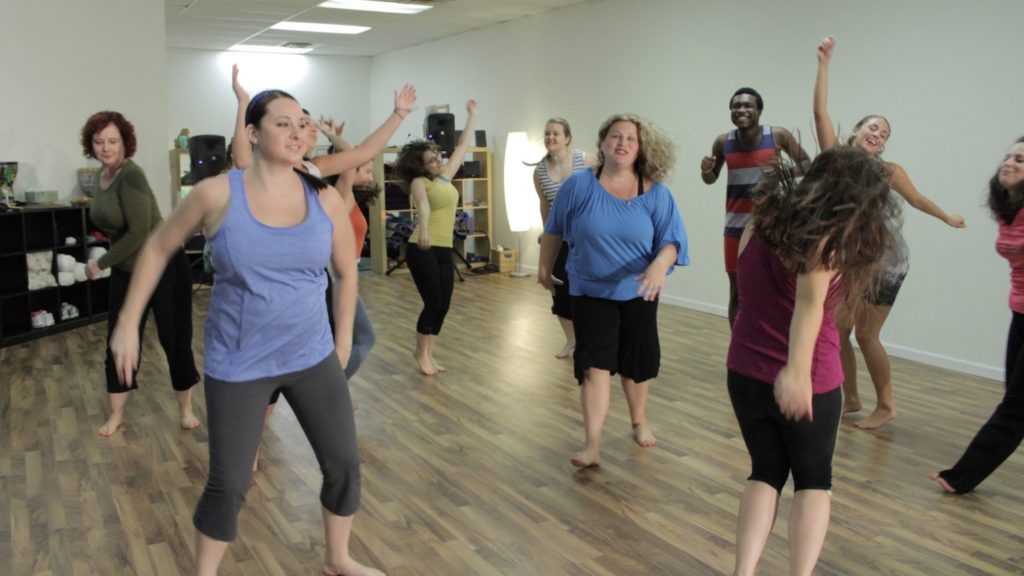
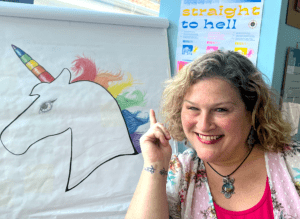
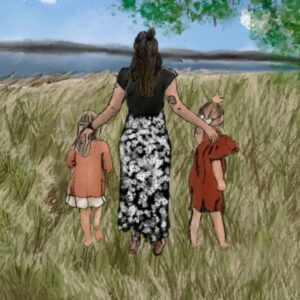

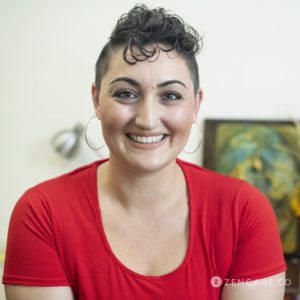



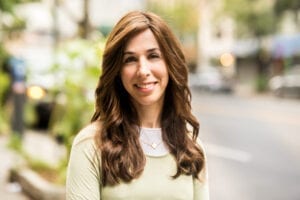

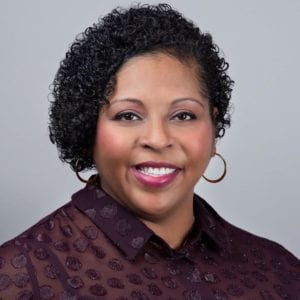
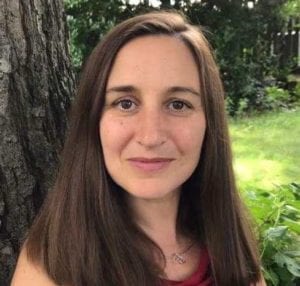

One Response
Jamie,
Thank you for your transparency and your willingness to release your vision back into the community. I admire that in you. I would love to be a part of the conversations of how this happens moving forward, as sharing my Dancing Mindfulness practice in my community has been a tremendous catalyst to my personal and professional growth. Also interested in Irene’s BIPOC trainings in the future. Love you!